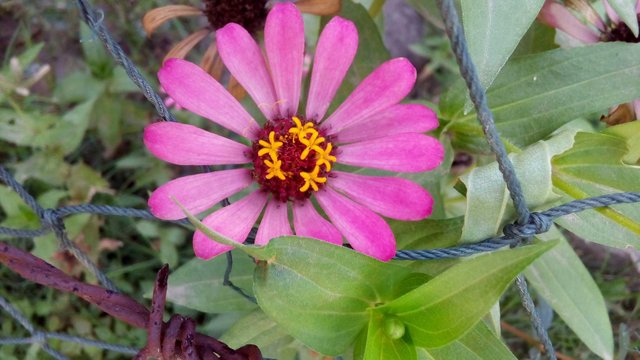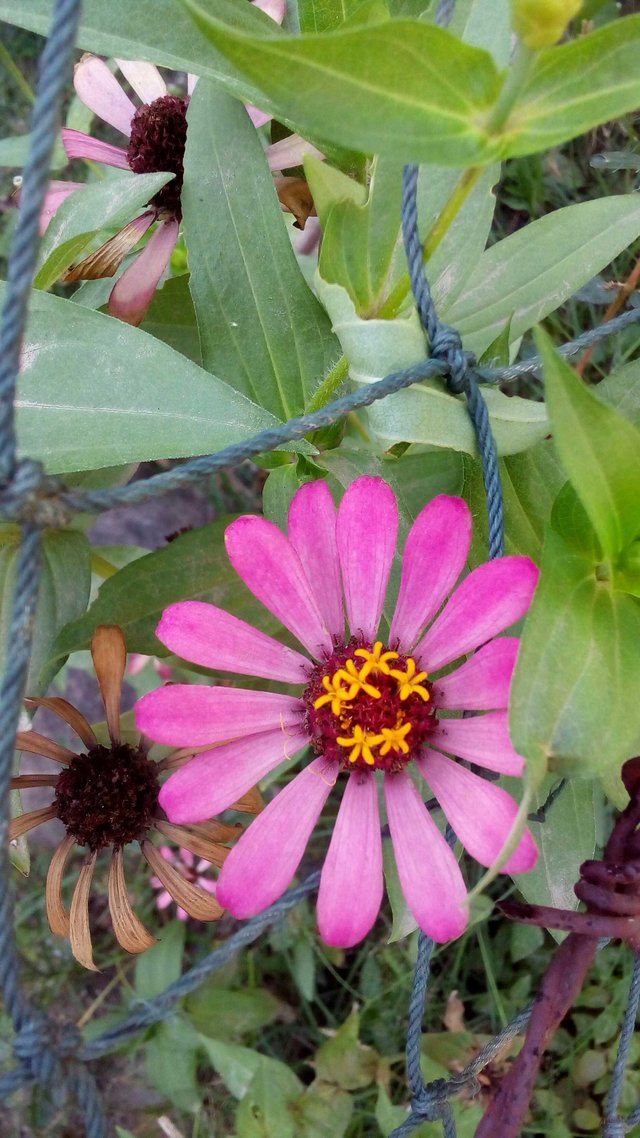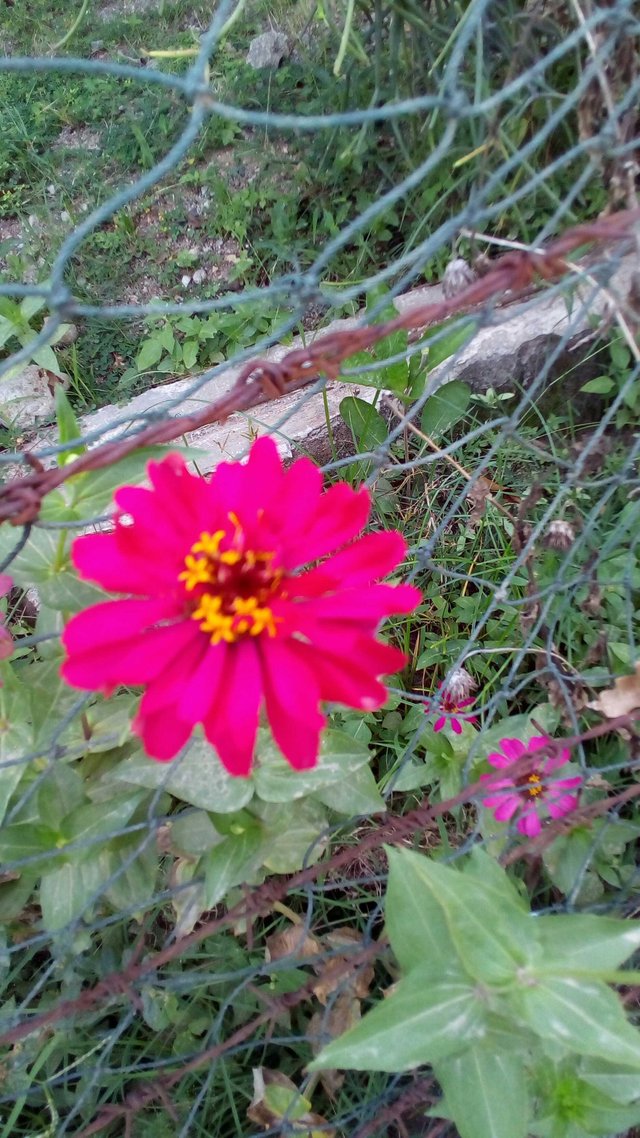Flowers
About beautiful flowers

Flower or flower (Latin: flos) is a sexual reproduction tool in flowering plants (divisio Magnoliophyta or Angiospermae, "covered seed plants"). In flowers there are reproductive organs, namely stamens and pistils.
Flowers can appear singly or together in a series. The interest that comes together is called a compound interest or inflorescence. In some species, compound interest may be regarded as a single (flower) interest, for example in Anthurium and sunflower. The unit of interest that composes a compound interest is called a floret.
Botanically, flowers are part of the plant to produce seeds. Pollination and fertilization take place on flowers. After fertilization, the flowers will grow further forming the fruit. In flowering plants, fruit is the structure that carries and protects the seeds


The formation of flowers has long been a concern of people, because much of the economic value of cultivated plants depends on the formation of flowers. Flowers will not form before the network where it will appear has reached the stage of maturity (maturity) but not yet too old (senile).
In tree-shaped plants, newly formed or still developing tissue (juvenile) will be very difficult to form flowers. Networks that reach the maturity stage are often characterized by a high carbon-nitrogen ratio (C-N ratio). High carbon content because it has a lot of metabolites buried in the form of polysaccharides in the network. Flower formation requires a lot of energy.
A high C-N ratio is usually enough to drive the formation of flowers. However, many types of plants are found that require a trigger for the flower to appear. These triggers can be suhurendah for some time (vernalization), length (duration) of irradiation (fotoperiodisme), and lack of water (drought). Wheat rotitipe winter (winter, planted before winter) will not bloom if it does not have season dingindalam growth stage and its development. Orchids come with flowers when they have a cold night. Various cultivars yutebersifat fotoperiodik so that planting time is vital in determining the harvest. Coffee plants are known to require a dry period of about two months and are followed by enough rain to trigger the formation of flowers.
The study conducted on Arabidopsis thaliana, a model plant, shows the workings of ABC Theory in the formation of flowers. Substance A is required to form petals (sepal) and petal (petal) leaves. Substance B is required in the formation of crown and stamens (stamen). Substance C is required for the formation of stamens and fruit leaves (carpellum, as the pistil)